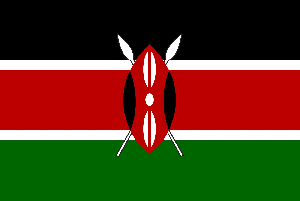Chirano Gold Mines Limited (CGML) hit 292,534 ounces of gold last year, exceeding its projected production target by about two percent, Mr Ken Norris, the General Manager, has said.
The company had estimated to dig out 287,178 ounces of gold during the period.
He said the achievement was the result of teamwork, operational efficiency and high quality of the ore.
Mr Norris, speaking to journalists at the mine site Akoti-Etwebo in the Bibiani-Anhwiaso-Bekwai District, predicted that 2013 would be an exciting year as they go into open pit operations in May and hope to create more job openings, particularly for the youth in the area.
CGML, which is 90 per cent owned by Kinross Gold Corporation (KGC) based in Canada with the Government of Ghana holding a 10 per cent carried interest, presently employs about 720 people.
He said providing employment to majority of the young people was a priority and that they would do everything to assist them to acquire skills which would enable them to compete in “our job environment”.
Already some are being sponsored at the Obuasi Anglogold Mine Training School, while others are receiving training at “various locations on our site”.
Mr Norris reaffirmed their determination to maintain high standards of environmental safety and to progressively restore all mined areas and said they have an entire department in the United States of America (USA), seeing to it that, they keep to international best practices.
The General Manager said they have also been mindful about their social impact and have been working hard to assist transform and significantly improve the lives of the population.
He said in 2012, the mines’ total expenditure on community development projects came to US$3,355,034.00.
This involved the construction of classroom blocks, teachers’ accommodation, Information Communication Technology (ICT) centres, health, water, and sanitation infrastructure.
Akoti, Etwebo, Akaaso, New Obrayeko, Lawerkrom, Kwaanikrom, Paboase, Subri, Kunkumso, Surano, Anyinasie, Atiakrom, Ntrentreso, Nsonyameye and Baako-Nka were among the beneficiary communities.
Business News of Thursday, 17 January 2013
Source: GNA












